Volume -3, Issue -4 May 2017
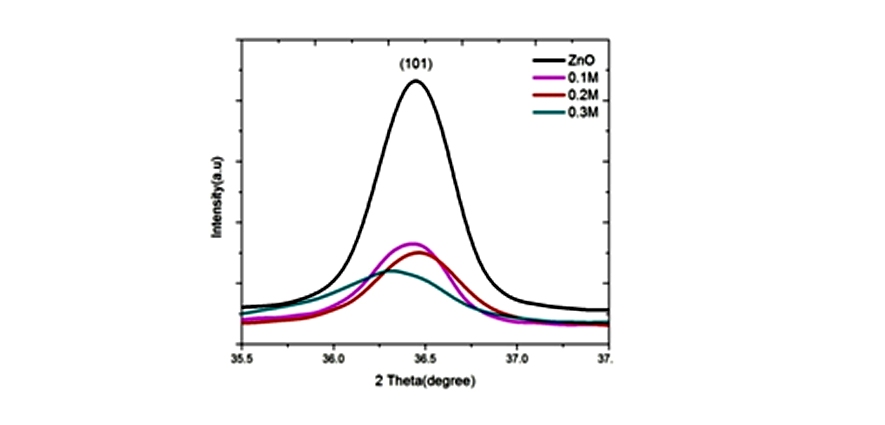
In this paper, we have reported the synthesis of silver and Indium co-doped ZnO nanoparticles at low temperature by sol-gel method were found to have hexagonal structure. This method is simple and cost effective. The crystallite size, structure, elemental composition, surface morphology, UV absorbance and band gap, optical properties and functional group analysis were characterized by X-ray...
Read More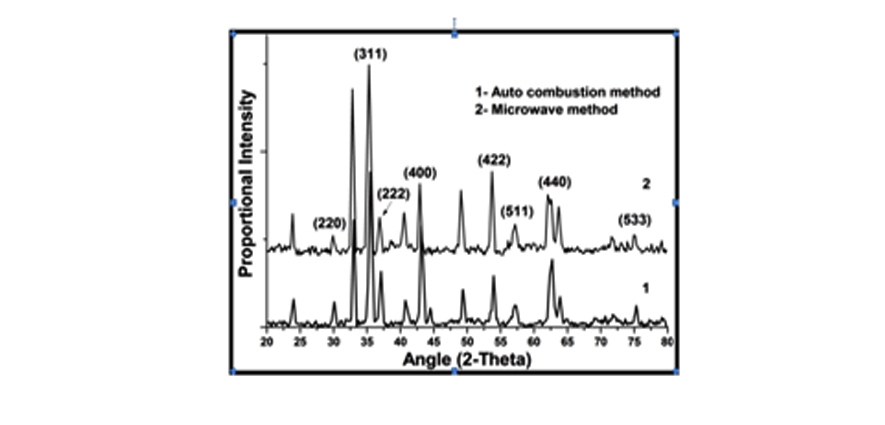
Nickel ferrite has been synthesized by microwave and auto combustion method. Crystal structure has been confirmed by XRD. The FT-IR spectra of synthesized ferrites showed two absorption bands (ν1 and ν2) in the range 400–600 cm–1 belonging to tetrahedral (A) and octahedral (B) interstitial sites in the spinel lattice. From Fourier transform infrared spectroscopy, stiffness constants (for...
Read More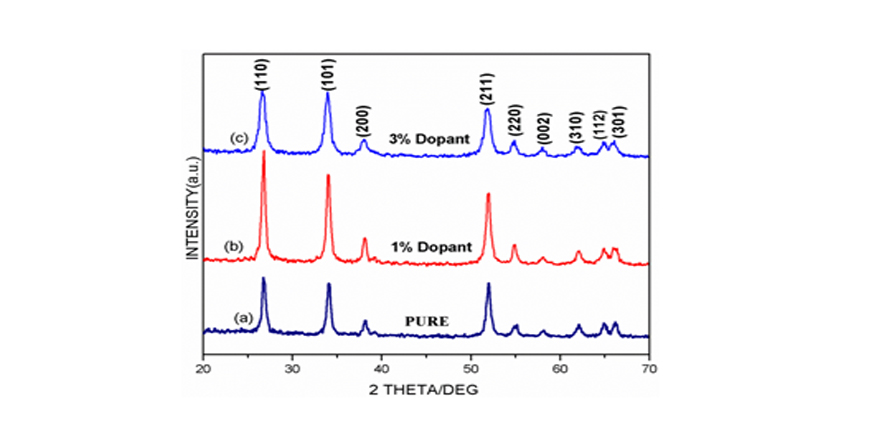
Magnesium doped tin oxide nanoparticles were synthesized by chemical co-precipitation method. The structural, functional, morphological and optical properties were investigated by X-ray diffraction, Scanning Electron Microscope (SEM), UV-Vis spectroscopy, Fourier Transform Infrared Spectroscopy (FT-IR) and Photoluminescence (PL) techniques. The result confirms that all samples are in pure rutile...
Read More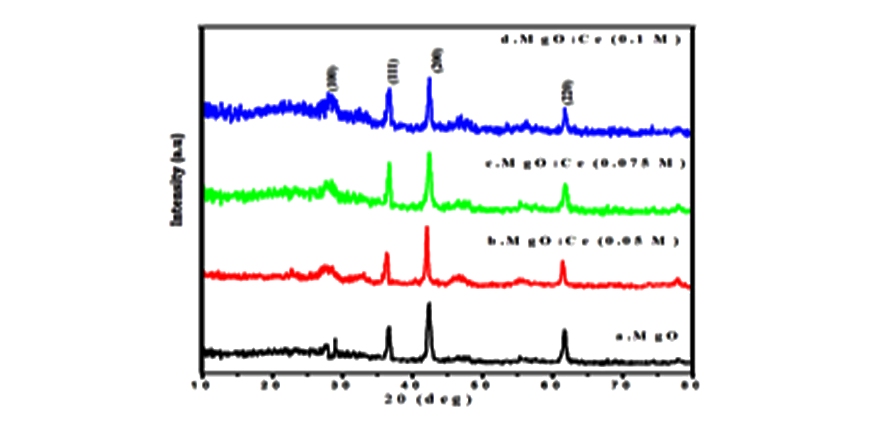
Ce-doped MgO nanopowders were prepared via a chemical coprecipitation method. The as-obtained products were characterized by X-ray diffraction (XRD), scanning electron microscope (SEM), Thermo gravimetric and differential thermal analysis (TG-DTA) and UV diffused reflectance spectroscopy (UV DRS). The results show that cerium atoms have been successfully incorporated into the crystal lattice of...
Read More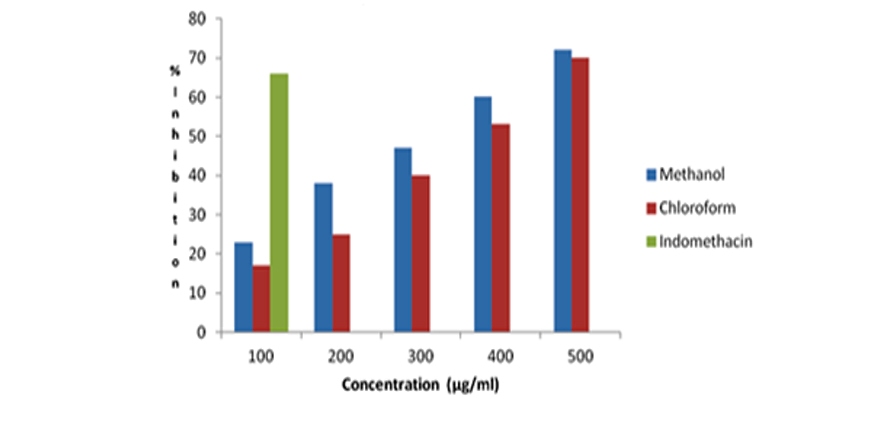
The Present study describes about evaluation and assessment of anti-inflammatory mediators in the traditional medicinal plant Crateva adansonii DC. The Methanol and chloroform leaf extracts of Crateva adansonii was assessed for its anti-inflammatory mediators by invitro assay. It was assessed by denaturation assay, proteinase inhibitory activity, membrane stabilization and anti-lipooxygenase...
Read More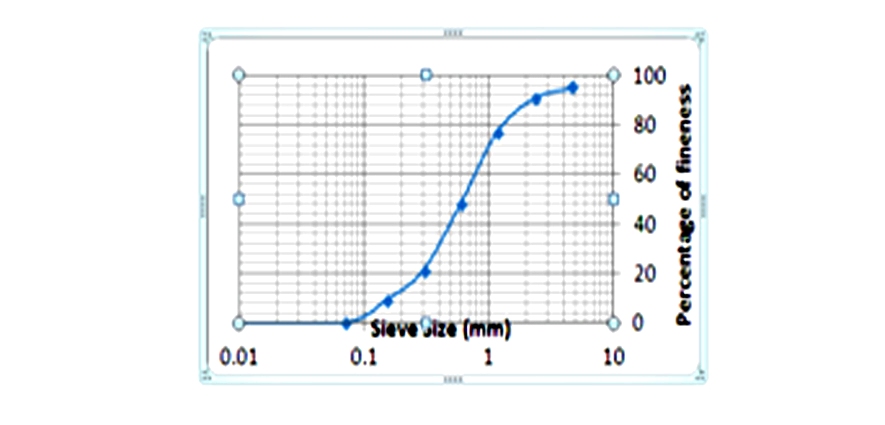
Tannery (leather) industries make severe environmental problems particularly in terms of polluting organic effluent and hazardous solid waste as a result of the hides and skin processing. These wastes pose a major challenge to the environment. Hence, it is very important that tannery waste in the form of sludge should be managed in an environmentally sound manner. In Tamil Nadu, there are nearly...
Read More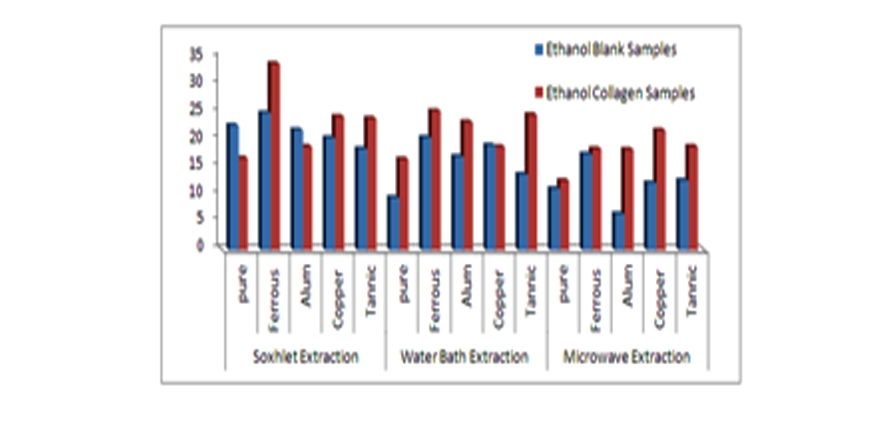
Dyeing of cotton fabric with natural colorants extracted from tea leaves had been investigated. The dyeing process was carried out using different techniques with different solvents and applied on Giza 86 Egyptian cotton fabric using some mordents and gelatin modification. The dyeing properties on cotton fabric had been evaluated and comparative study values were investigated. The results...
Read More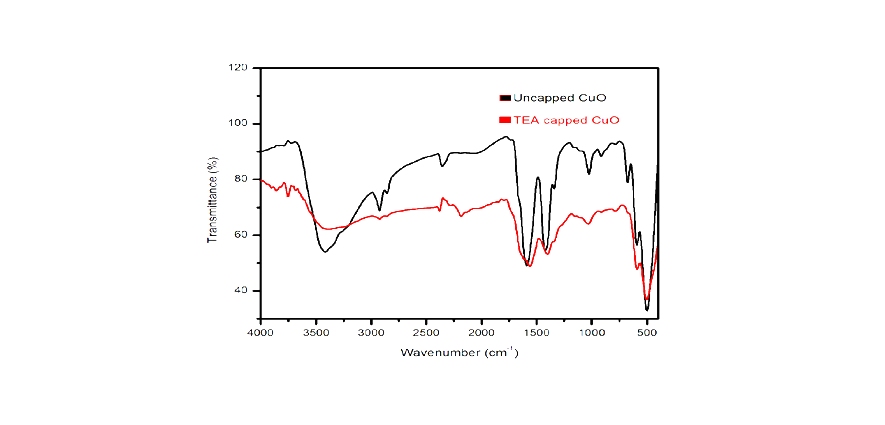
The uncapped and capped CuO nanoparticles were synthesized by sol–gel technique. Triethanolamine (TEA) was used as a capping agent to control the size and morphology of the CuO nanoparticles. The control of nanostructure and hence the optical properties of CuO nanoparticles are consciously achieved by using capping agent. The obtained samples were characterized by means of UV–Visible...
Read More
